I had purchased my Minolta Autocord CDS cameras about three months ago. The previous owner didn’t know if it was working, even after giving them some tips to check. However, I took a chance and bought it. To my surprise, when it arrived, the shutter worked great, and the aperture moved as it should. A good friend told me the focus was notorious for hanging up, but It moved smoothly and focused well. The meter didn’t have a battery, so I purchased a battery for the light meter. When I installed the battery, it took some time for it to react to light. Eventually, it did and seemed close to accurate. My wife and I planned a few days away so I was excited to take it for a test drive.
A little background.
Kazuo Tashima founded Minolta in Osaka, Japan, in 1928 as Nichi-Doku Shashinki Shōten, which means Japanese-German Camera Shop. In 1931, the company updated its name to Minolta, which stands for Mechanism, Instruments, Optics, and Lenses by Tashima. In 1937, the company reorganized as Chiyoda Kogaku Seikō, K.K. At this time, they introduce their first Twin Lens Reflex (TLR) camera, the MinoltaFlex, based on the German Rolleiflex cameras. The MinoltaFlex was only the second TLR introduced from Japan after the Prince Flex by Neumann & Heilemann. In 1947, Minolta introduced rangefinder cameras like the Minolta-35, and in 1959, the Single Lens Reflex (SLR) SR-1 camera. In later years they sign agreements with Leica and come out with the first autofocus SLR, The Maxxum 7000.
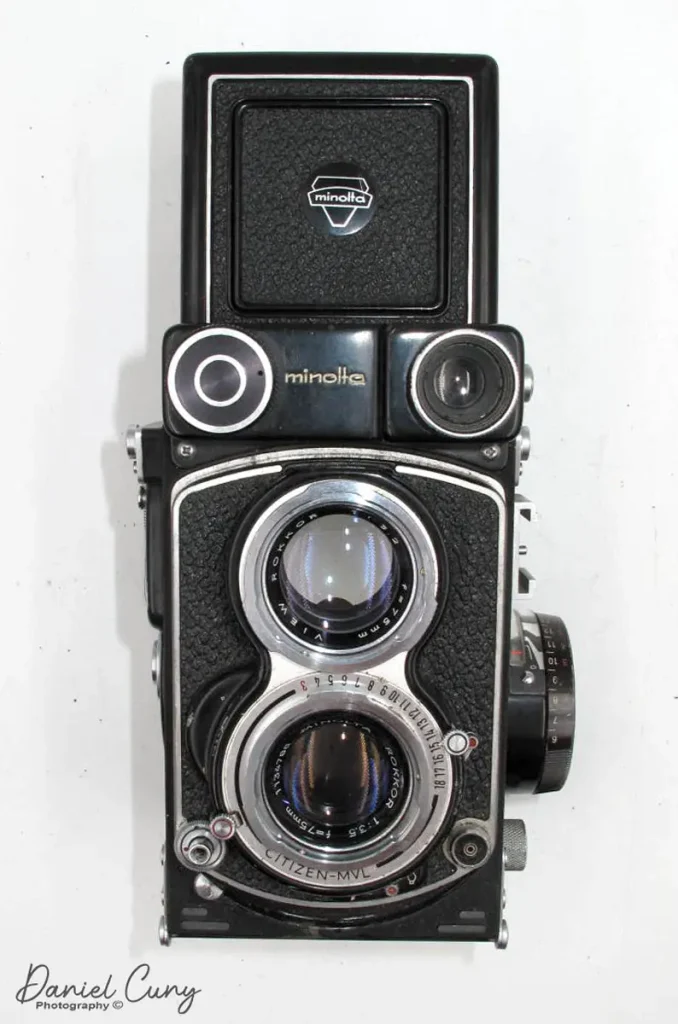
The Camera.
The Autocord line from Minolta was their take on competing with the upper end of TLR cameras. In the 1950s, the TLR market was getting saturated with several different manufacturers. There were some features that Minolta had, which was unique. Their system had a crank wind advance with a shutter cocking mechanism, a tremendous four-element Rokkor f3.5 lens which competed with the similar Zeiss Tesar lenses, and a button on the side which allowed the winding lever to move backward, allowing the camera to cock the shutter. By doing this, it allowed the Minolta Autocord CDS to offer double exposures.
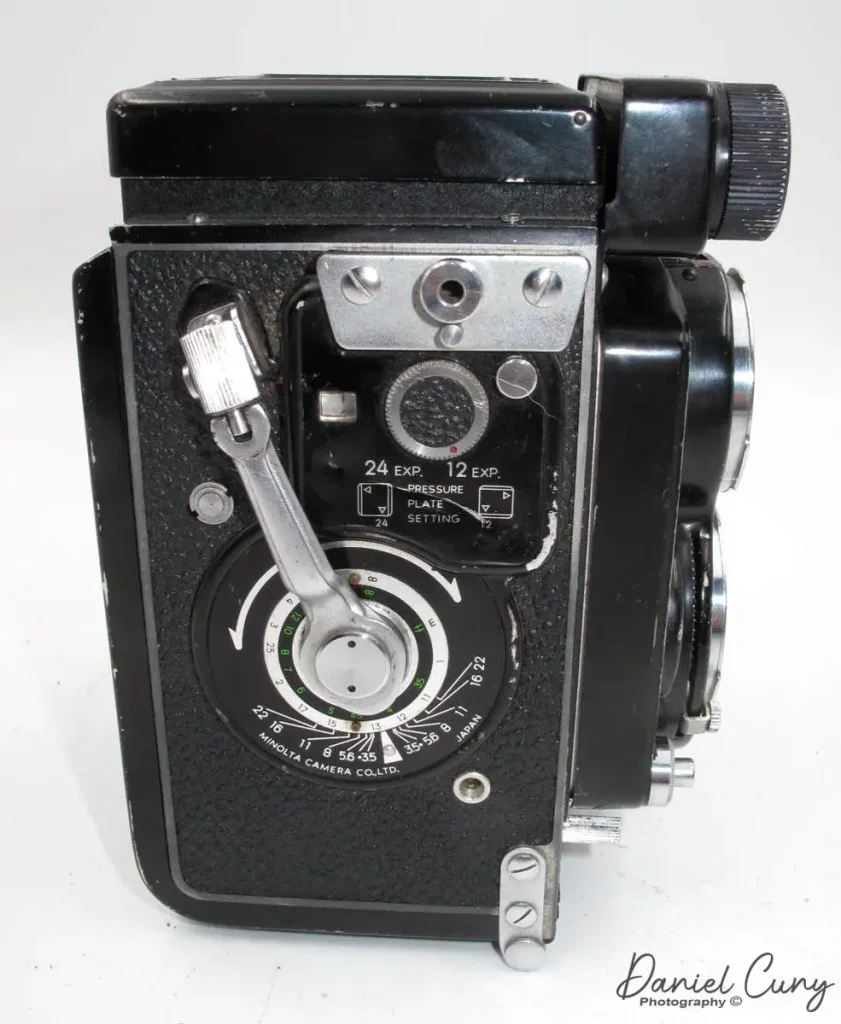
Another unique feature is the way the Minolta Autocord CDS focuses. It focuses by sliding a bar under the lens instead of a dial to focus on other TLR cameras. I like this from the standpoint of holding the camera. You slide the bar to focus, and the camera sits cupped in your hand.
The winding lever also has a hinge at the top so you can tuck away the crank handle when not using it. The camera opens from the top-down as opposed to from the bottom up. Other TLR cameras like Rolleiflex/Rolleicord cameras open bottom-up. A button you pull on the top left side opens the back of the camera.
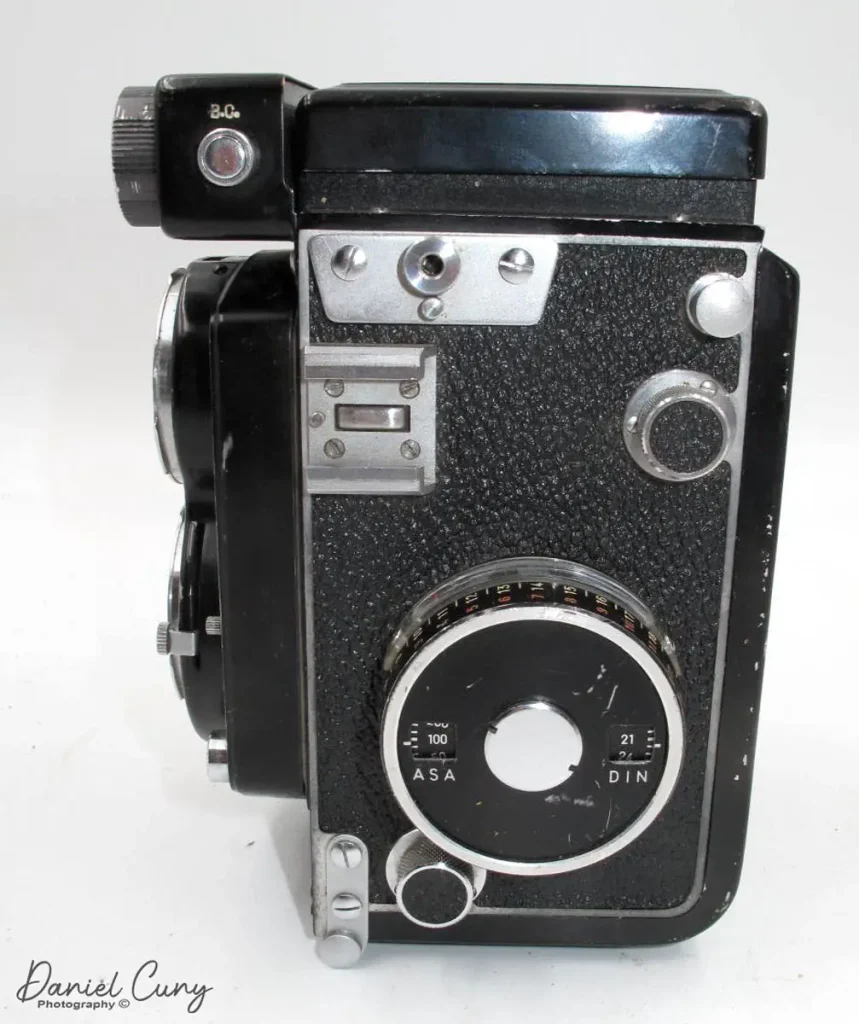
Shooting the camera
Taking the Minolta Autocord CDS out and shooting with it was fun. I wasn’t too sure if the meter was accurate but relied on it when shooting. Let me explain how the meter works.
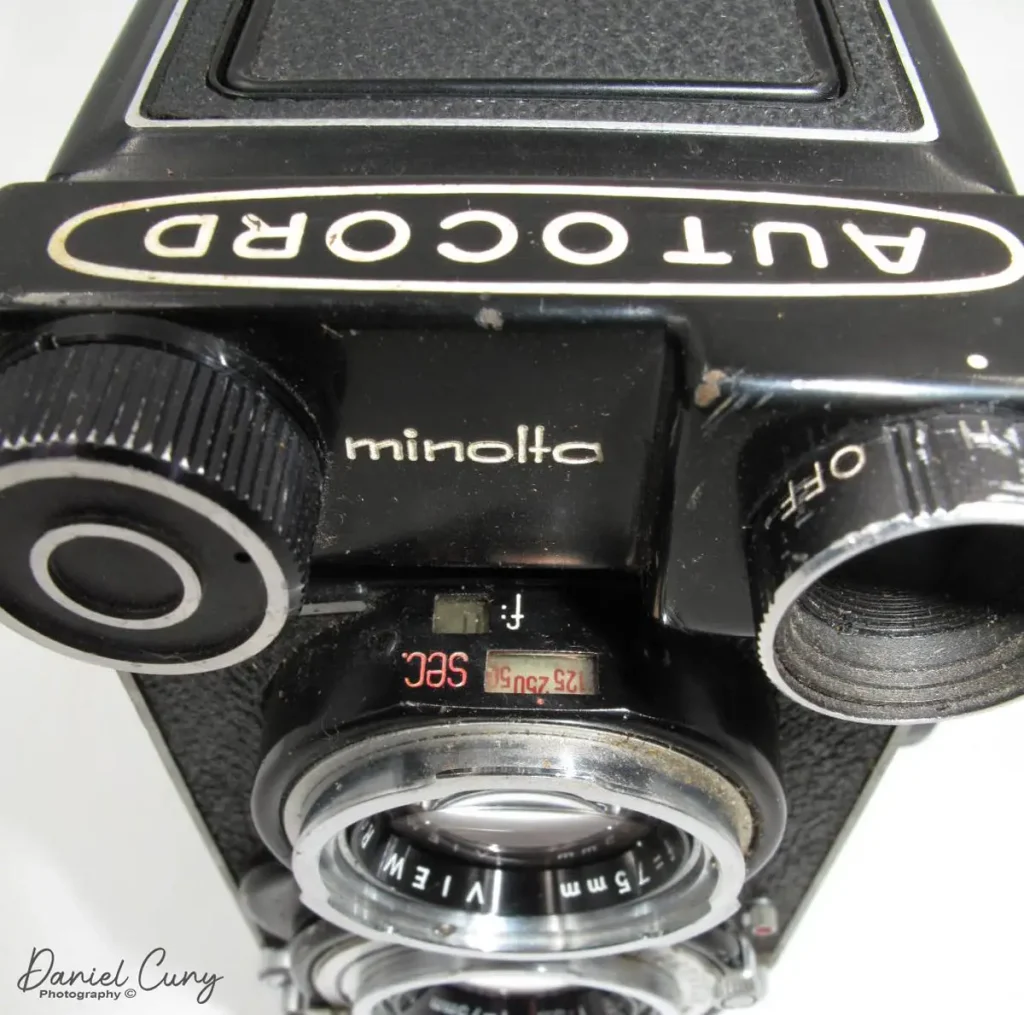
On the top left of the Minolta Autocord CDS as you’re holding it is a tunable dial. The meter setting is Off, Hi, and Low. On the side of the dial is a button to push for “battery check.” I turned the dial to “Hi” for the majority of the images during daylight. Looking down at the meter, it gives you a number. On the left of the lens is a movable arm that points to corresponding numbers from the meter. By doing so, you are shutter/aperture settings.
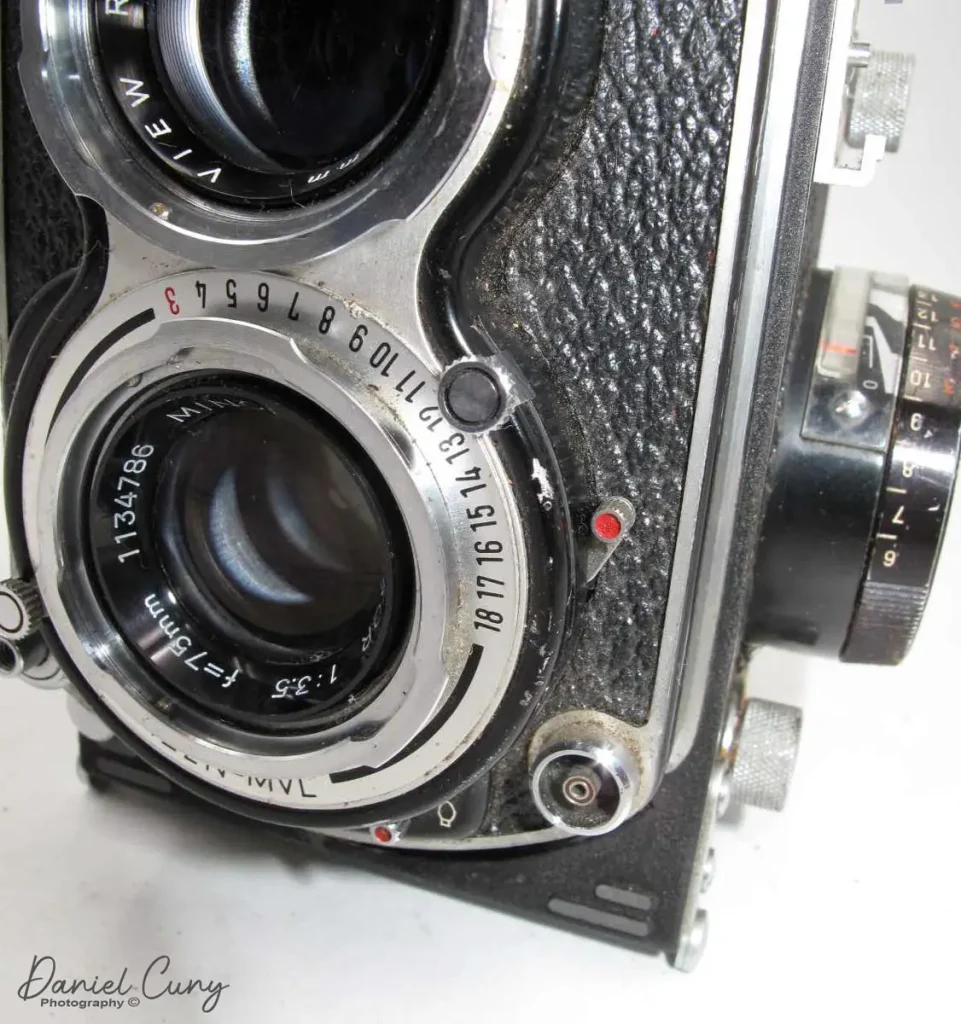
The same component also controls the shutter speeds, which you see in the window on top. A similar arm on the right side of the lens sets the aperture setting. I did have an opportunity to use the “Low” setting on the meter during a very shadowy and dark situation. It, too, seemed accurate, so I was delighted by the accuracy of the meter in this Minolta Autocord CDS.
Images from Minolta Autocord CDS.
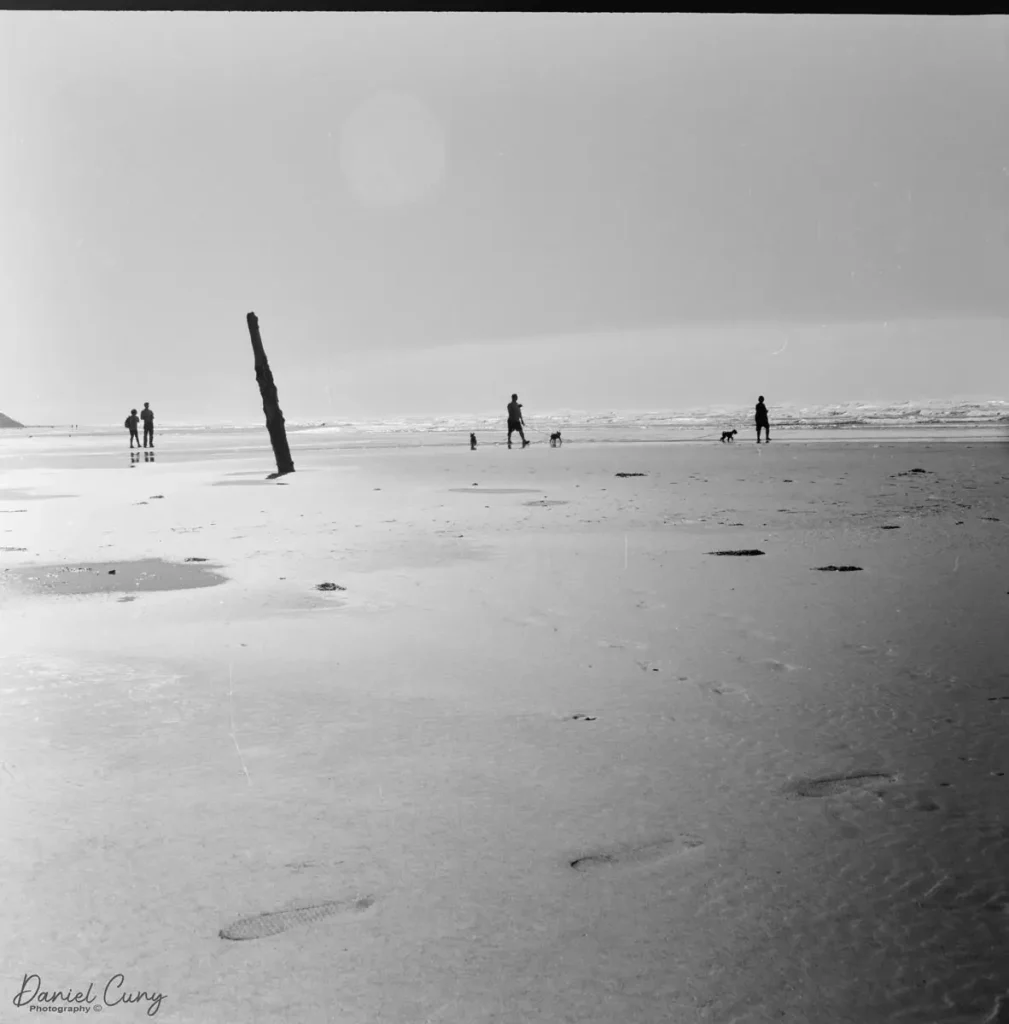
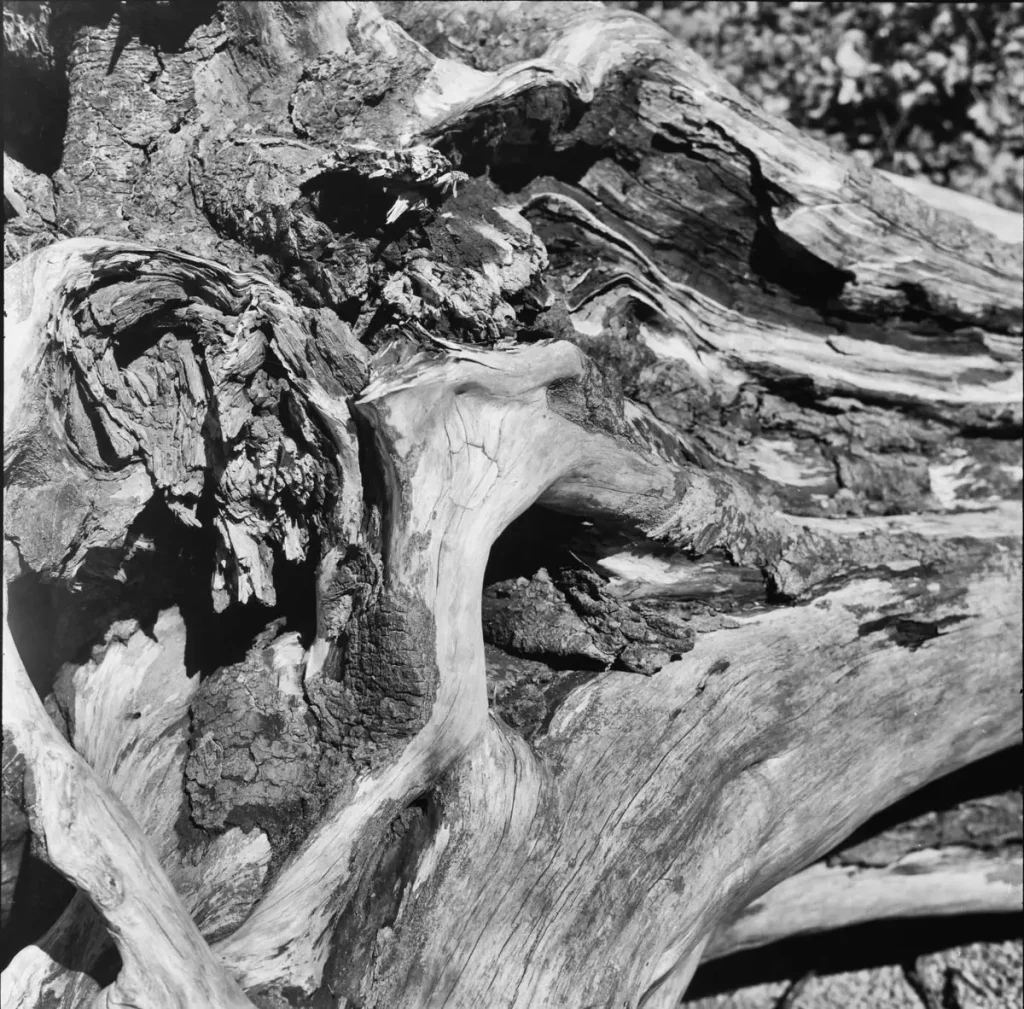
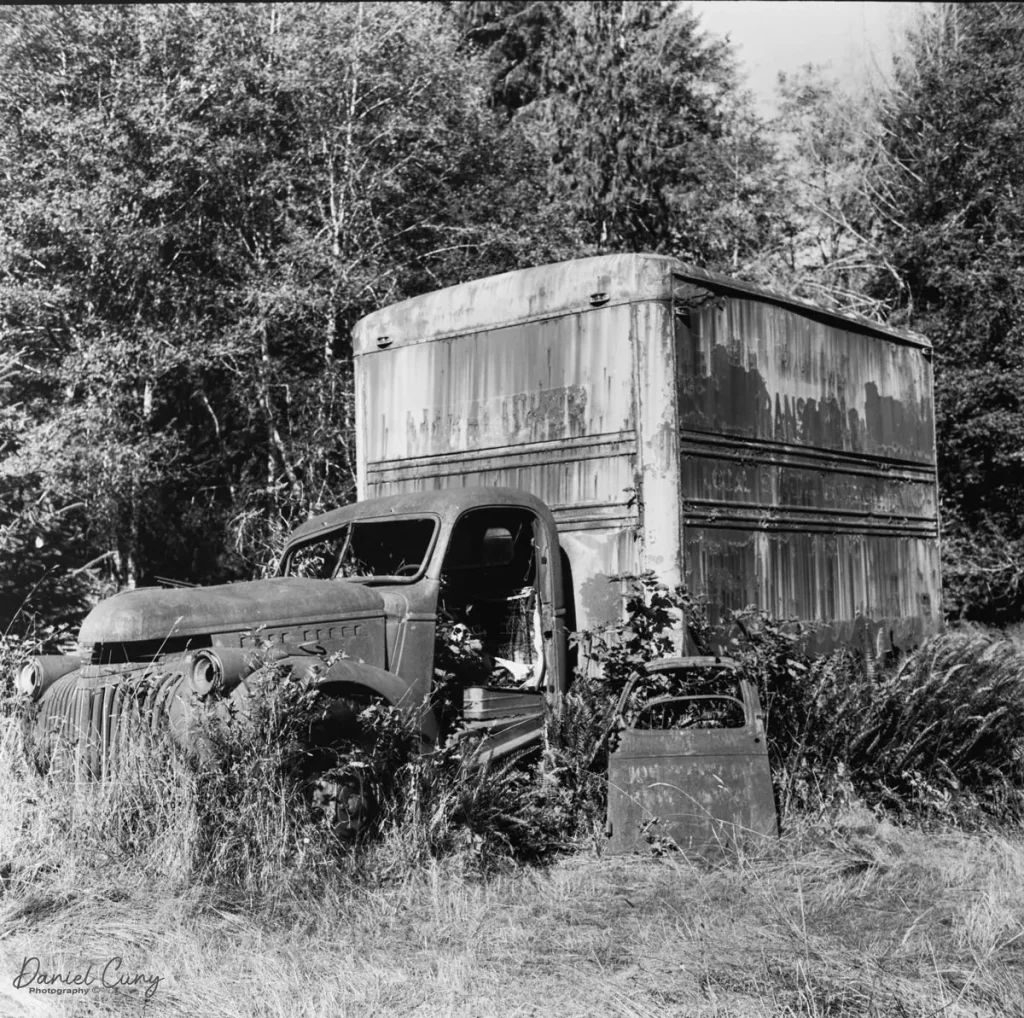
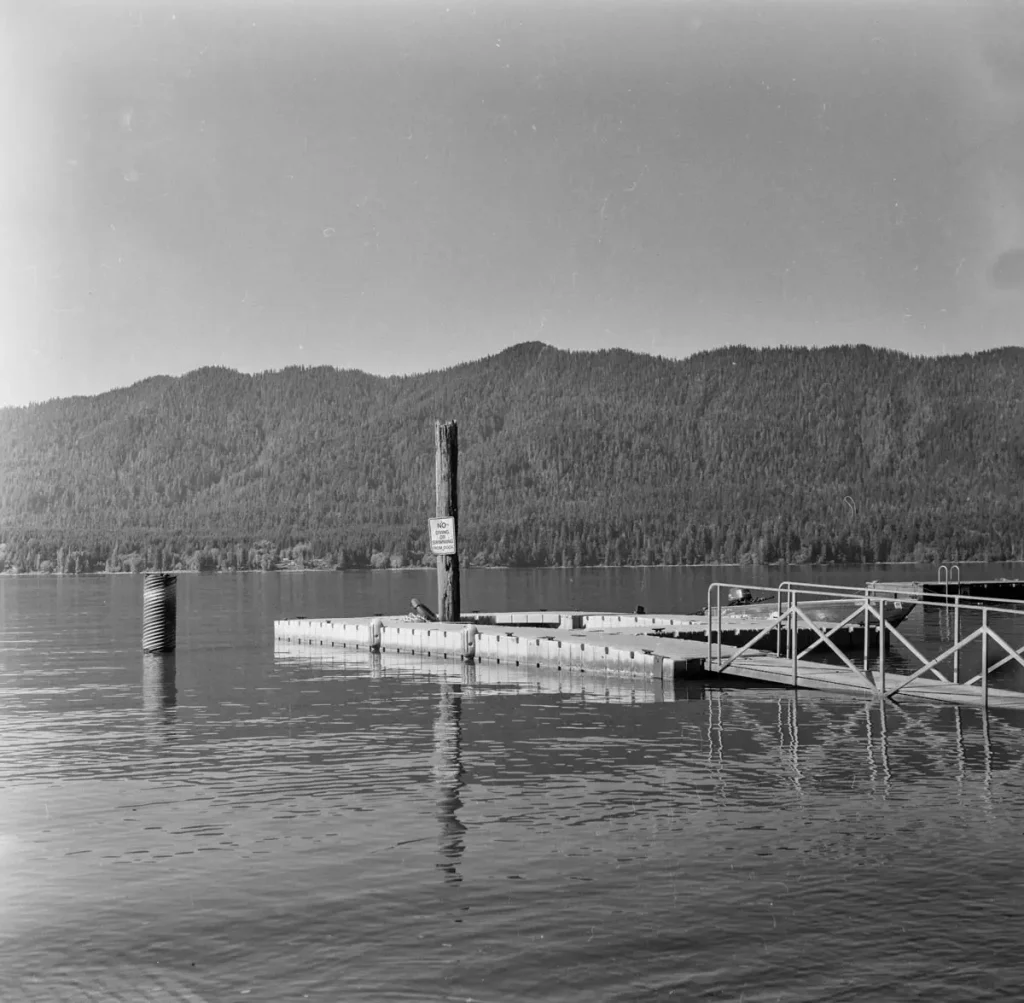
My Experience
I’d have to say; I enjoy shooting with the Minolta Autocord CDS over any of the Rolleiflex, Rolleicord, Mamiyaflex, or other TLR cameras I’ve had the pleasure of shooting with over my career. The camera fits nicely in my hand. The focus is smooth, and once I got used to where the focus slider was, it felt more natural. The meter was easy to use and accurate. The case fits well, and there’s even a cap for the meter area. It looks like I’ll be purchasing a strap and putting this gem in the rotation for shooting. It’s an excellent camera. Pick one up if you’re looking for a good TLR to use. To view my images and camera posts, you can go to my website here.
You can find my other reviews and articles on 35mmc here
Share this post:
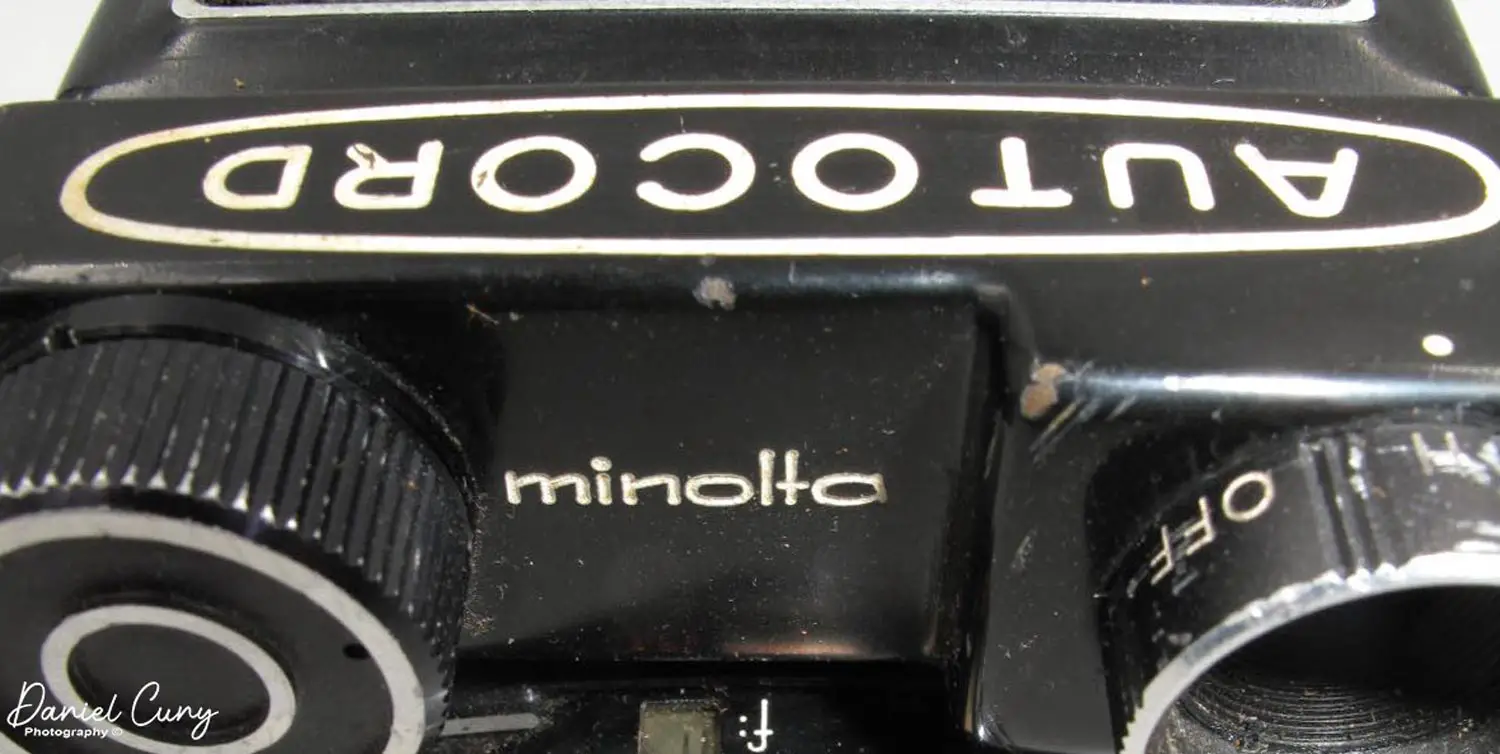








Comments
Bob Janes on Minolta Autocord CDS – History & Review – By Dan Cuny
Comment posted: 10/11/2020
You are correct that the SR-1 came out in 1959, but slightly more notable was their introduction of the SR-2 the previous year - It was the SR-2 that was their first 35mm SR mount SLR.
Bob Janes on Minolta Autocord CDS – History & Review – By Dan Cuny
Comment posted: 10/11/2020
Dennis on Minolta Autocord CDS – History & Review – By Dan Cuny
Comment posted: 10/11/2020
Jeremy Keller on Minolta Autocord CDS – History & Review – By Dan Cuny
Comment posted: 10/11/2020
Line two: I doubt that the prior owner would be offended by "him" or "her;" "them" is now common, but cringe-worthy.
Very fine photos!
Adam Singer on Minolta Autocord CDS – History & Review – By Dan Cuny
Comment posted: 10/11/2020
Peter Kornaukhov on Minolta Autocord CDS – History & Review – By Dan Cuny
Comment posted: 11/11/2020
Clive Williams on Minolta Autocord CDS – History & Review – By Dan Cuny
Comment posted: 11/11/2020
In practice, the Weston's calculator dial does all this anyway, so I tend to use the familiar values in the speed and aperture windows, but it's a nice throwback to a time when taking pictures required more mental agility than it does today.
Louis Sousa on Minolta Autocord CDS – History & Review – By Dan Cuny
Comment posted: 12/11/2020
Comment posted: 12/11/2020
Comment posted: 12/11/2020
Audrey on Minolta Autocord CDS – History & Review – By Dan Cuny
Comment posted: 22/01/2021
When you say " it took some time for it to react to light," how long do you reckon?
Thanks for this helpful article!
Comment posted: 22/01/2021
Rick Schlaud on Minolta Autocord CDS – History & Review – By Dan Cuny
Comment posted: 23/03/2022
Comment posted: 23/03/2022
Marcus Gunaratnam on Minolta Autocord CDS – History & Review – By Dan Cuny
Comment posted: 24/06/2025